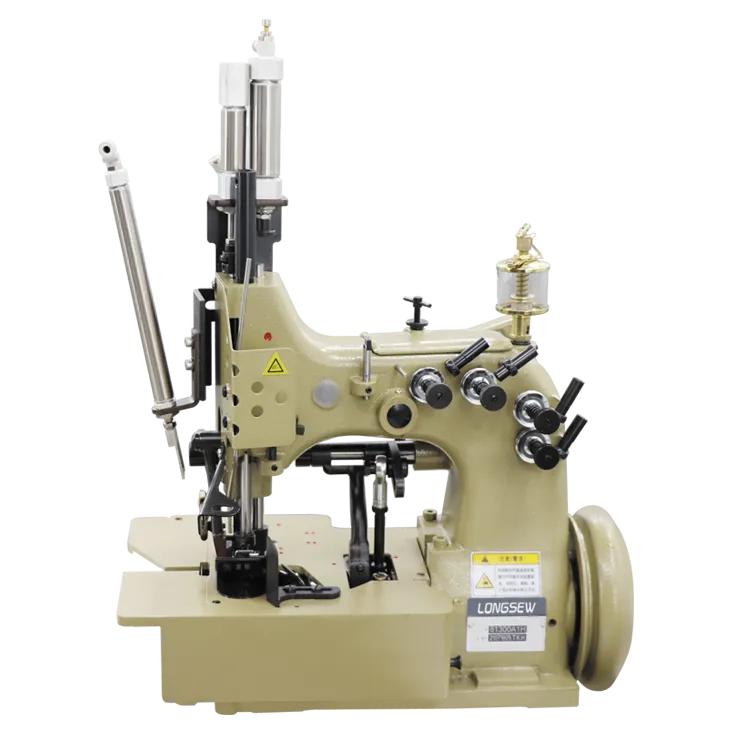How to Identify the Appearance of Overlock Stitch in Sewing Projects
Understanding Overlock Stitch Features and Applications
The overlock stitch, often referred to as serging, is a crucial technique in the world of sewing. It is widely recognized for its unique appearance and functional benefits in finishing seams on fabrics. If you’ve ever looked closely at the edges of commercial garments, you may have noticed the distinct, colorful stitching that often accompanies the hems and seams. This is typically the result of an overlock stitch.
What Makes Overlock Stitch Unique?
At first glance, the overlock stitch might appear as a series of interlocking loops and threads that encircle the fabric edges. This stitch is executed using a specialized sewing machine known as an overlocker or serger. Unlike a conventional sewing machine that typically uses a single thread to join two pieces of fabric, an overlocker utilizes multiple threads—usually three to five—to create a strong and flexible seam. The most common version is the three-thread overlock stitch, which is often seen in knit fabrics and is effective in preventing fraying and unraveling.
One of the hallmark characteristics of the overlock stitch is its stretchability. This makes it ideal for sewing jersey and other stretchable fabrics, where traditional straight-stitch seams might break during movement. The overlock stitch allows fabrics to retain their elasticity, making it a favorite among fashion designers and hobbyists alike.
The Structure of an Overlock Stitch
Visually, an overlock stitch can be recognized by its looped structure. The threads wrap around the edge of the fabric, forming a clean finish. The result is not just functional—preventing fraying and providing elasticity—but also aesthetically pleasing. The stitch often creates a decorative edge, with various colors of thread that can contrast or complement the fabric color.
what does overlock stitch look like

In many cases, overlock stitches can be produced in various styles, including rolled hems and flatlock seams, each serving different purposes. The rolled hem, for instance, is perfect for lightweight fabrics like chiffon, giving a delicate finish that remains unobtrusive. Alternatively, flatlock seams provide a decorative touch while reducing bulk, making them ideal for sportswear and active garments.
Practical Applications of Overlock Stitches
Overlock stitching is widely utilized in garment construction, especially in ready-to-wear clothing. Its ability to create durable yet flexible seams makes it perfect for T-shirts, leggings, and even delicate lingerie. Additionally, overlock stitches can be employed in home décor items, such as cushion covers and tablecloths, providing a professional finish to any sewing project.
For those who enjoy DIY projects, mastering the overlock stitch can significantly enhance the quality of homemade garments. Whether you're sewing a simple pillowcase or intricate clothing designs, the neat appearance of overlocking can elevate your work from amateur to professional.
Conclusion
In conclusion, the overlock stitch is a vital skill in the repertoire of anyone who sews. Its distinctive look and functional benefits make it an indispensable technique for finishing seams and edges. Understanding how to use this stitch can open up endless possibilities for creating high-quality garments and crafts. As you explore the world of sewing, recognizing what overlock stitching looks like—and mastering its application—will undoubtedly enhance both your skills and your finished projects. Embrace the beauty and functionality of the overlock stitch, and enjoy the finishing touch it brings to your creations.
-
Industrial Cylinder Arm Sewing Machine: Revolutionizing Heavy-Duty SewingNewsJul.28,2025
-
Cylinder Arm Sewing Machine: Perfect for Special Sewing ApplicationsNewsJul.28,2025
-
Cylinder Bed Sewing Machine: Essential for Sewing Complex MaterialsNewsJul.28,2025
-
Heavy Duty Sewing Machine: The Essential Tool for Industrial ApplicationsNewsJul.28,2025
-
Computerized Pattern Sewing Machine: Revolutionizing Precision StitchingNewsJul.28,2025
-
Heavy Duty Industrial Sewing Machine: Power Meets PrecisionNewsJul.28,2025
-
Leather Sewing Machine: The Industrial Standard for Tough MaterialsNewsJul.18,2025





























